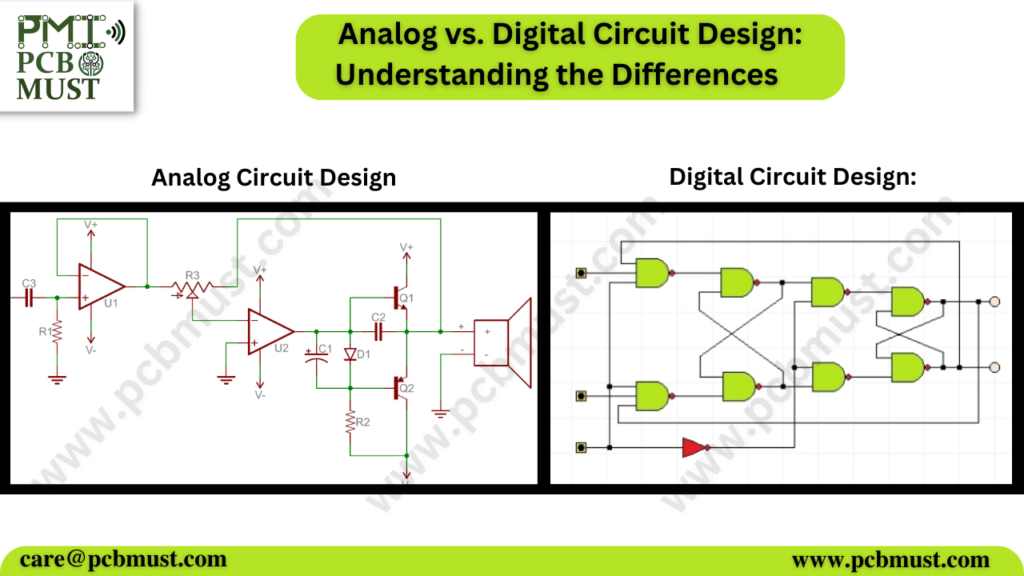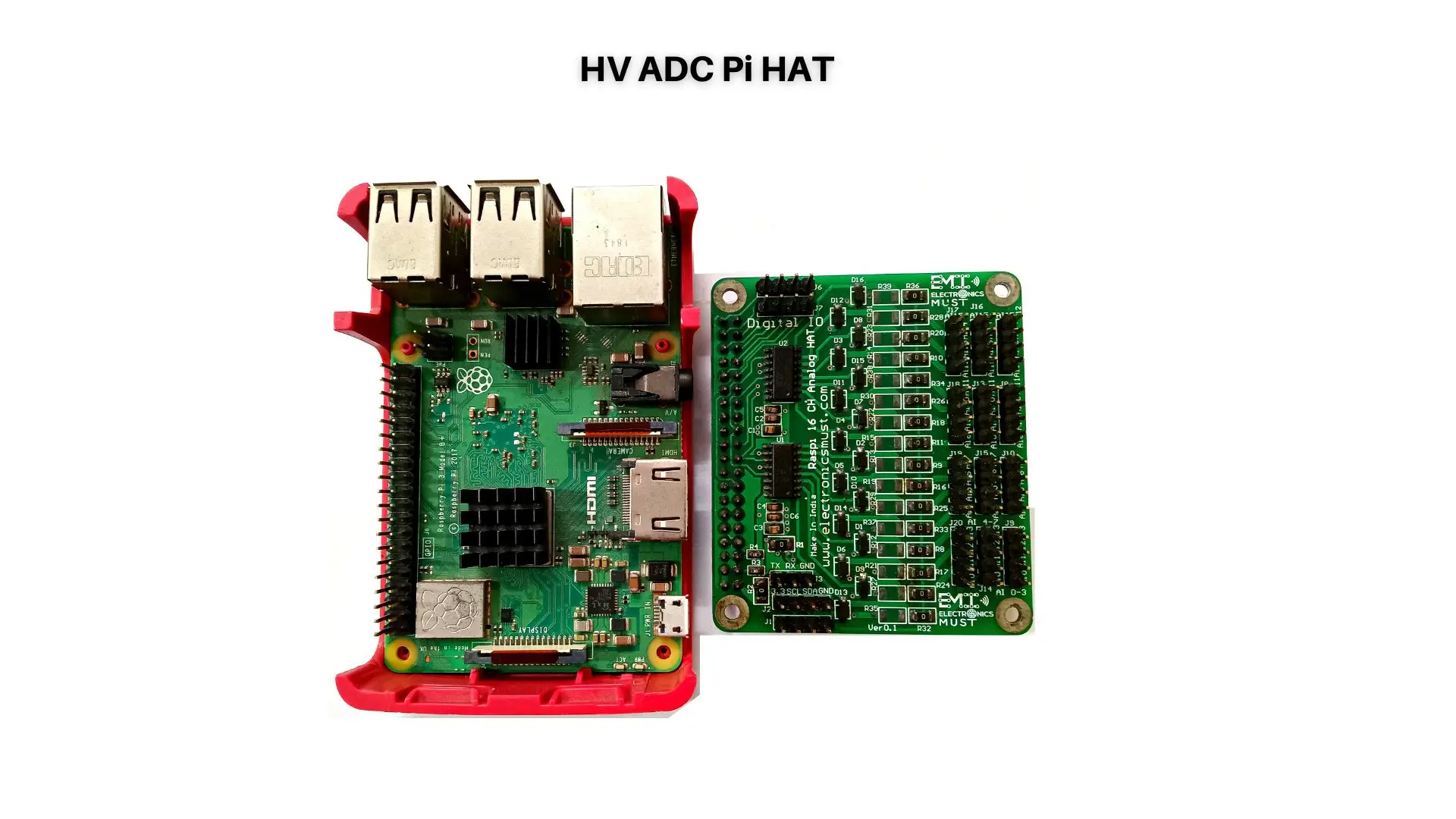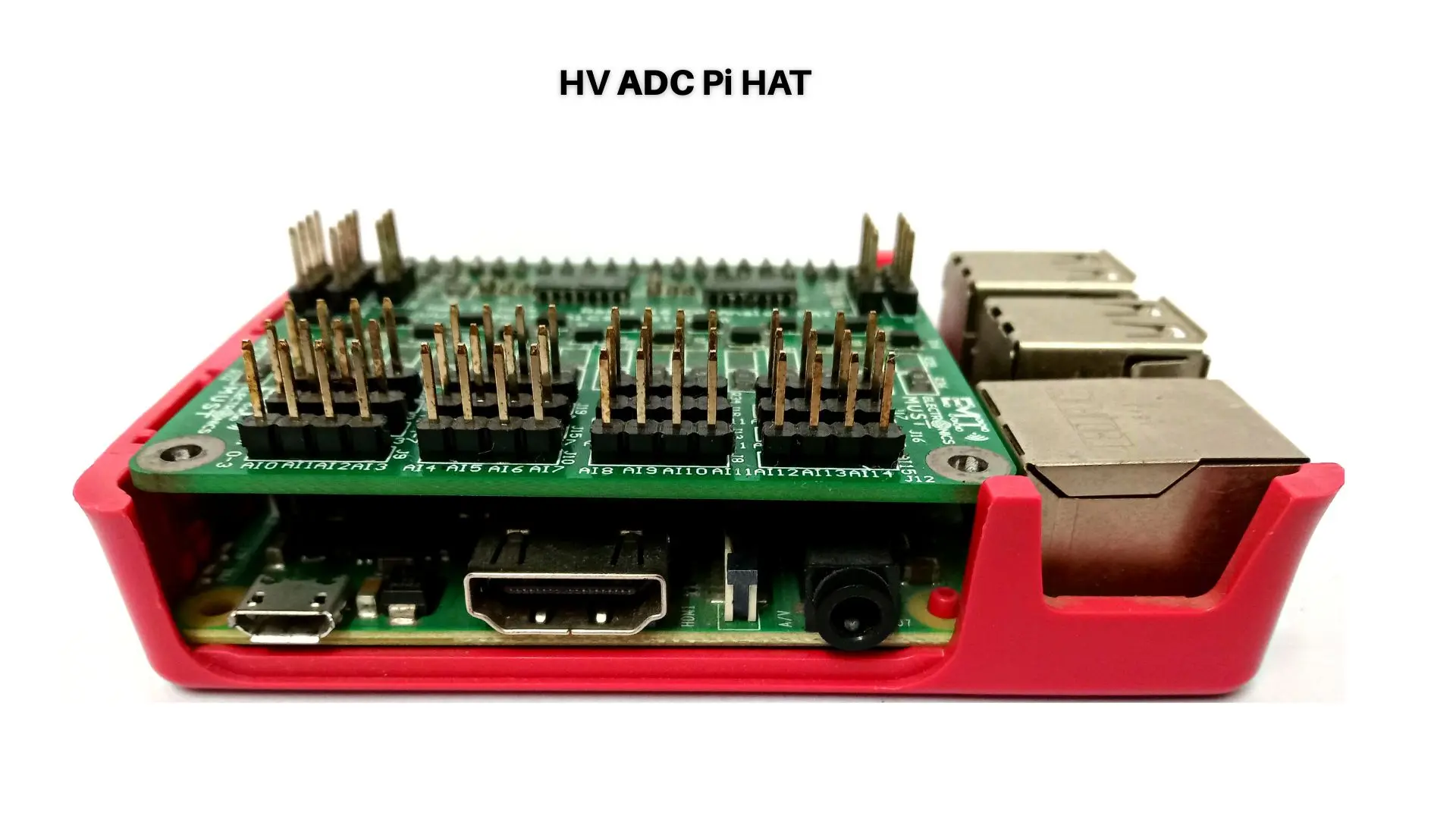In the world of electronics and engineering, circuit design is a fundamental aspect that plays a crucial role in the development of various devices and systems. When it comes to circuit design, there are two main approaches: analog and digital. These two approaches represent distinct methodologies, each with its own advantages and considerations. In this article, we will delve into the realm of analog and digital circuit design, highlighting their differences, benefits, other influencing factors, and ultimately arriving at a comprehensive understanding of their unique roles in modern technology.
Introduction
Circuit design is the art and science of creating electrical circuits that perform specific functions. An electrical circuit consists of interconnected components such as resistors, capacitors, transistors, and integrated circuits that work together to achieve a desired outcome. The two primary categories of circuit design are analog and digital.
Analog Circuit Design involves circuits that process continuous signals. These signals can have infinite possible values within a certain range. Analog circuits are employed in applications where precision, accuracy, and real-world representation are crucial. Examples include audio amplifiers, power supplies, and sensors.
Digital Circuit Design, on the other hand, involves circuits that process discrete signals or digital data, typically in the form of binary code (0s and 1s). Digital circuits are utilized in applications that require logic operations, data manipulation, and memory storage. Examples include microprocessors, memory chips, and digital communication systems.
Benefits of Analog Circuit Design
Analog circuit design offers several benefits that make it indispensable in various technological applications:
1. Real-World Representation: Analog circuits can accurately represent real-world phenomena such as temperature, pressure, and sound. This makes them essential for applications where precise measurements and faithful representations are required.
2. Smooth Signal Processing: Analog circuits process signals in a continuous manner, leading to smooth transitions and outputs. This property is crucial in applications like audio processing and analog filters, where signal quality is paramount.
3. Natural Compatibility: Many real-world signals, such as those from sensors, are inherently analog. Analog circuits provide a natural interface to connect, amplify, and process these signals without requiring complex conversion processes.
4. Inherent Tolerance: Analog circuits often exhibit a degree of tolerance to noise and fluctuations, allowing them to function adequately even in less controlled environments. This tolerance is particularly useful in scenarios where maintaining a stable connection is challenging.
Benefits of Digital Circuit Design
Digital circuit design also brings a host of advantages to the table, making it a cornerstone of modern technology:
1. Noise Immunity: Digital signals are less susceptible to noise and interference compared to analog signals. This robustness ensures reliable data transmission and processing, especially over long distances.
2. Reproducibility: Digital circuits provide precise and consistent results since the discrete nature of digital data eliminates ambiguity. This reproducibility is crucial in applications like computation and digital control systems.
3. Scalability and Integration: Digital circuits can be easily integrated into complex systems. They can be miniaturized and fabricated using semiconductor manufacturing processes, enabling the creation of powerful yet compact devices.
4. Low-Cost Memory and Storage: Digital circuits excel in storing and manipulating data. Digital memory technologies, such as flash memory and magnetic hard drives, have enabled the storage of vast amounts of information at relatively low costs.
Other Factors Influencing Circuit Design
Beyond the inherent benefits, several other factors come into play when deciding whether to employ analog or digital circuit design for a particular application. These factors can significantly impact the overall design process and the performance of the final product:
1. Precision Requirements: If an application demands high levels of precision and accuracy, analog circuitry might be the preferred choice. Analog circuits can represent infinitesimal changes in input, crucial in scientific and measurement instruments.
2. Power Efficiency: Digital circuits tend to consume less power during idle states compared to analog circuits. However, analog circuits can be designed to be highly power-efficient in continuous operation.
3. Noise Considerations: In environments with significant electromagnetic interference or noise, digital circuits might be more suitable due to their inherent noise immunity.
4. Signal Processing Complexity: If the application requires complex signal processing, such as fast Fourier transforms or image processing, digital circuits offer computational advantages and flexibility.
5. Cost and Manufacturing: Manufacturing processes, component costs, and the availability of specialized components can influence the decision between analog and digital designs. Digital components are often mass-produced and cost-effective, but analog components can sometimes be more specialized and costly.
6. Signal Conversion: When interfacing between analog and digital domains is required, careful consideration must be given to signal conversion techniques, as they can introduce errors and affect overall performance.
Conclusion
In the realm of electronics, both analog and digital circuit design have their unique roles and advantages. Analog circuits excel in accurately representing real-world phenomena and handling continuous signals with smooth transitions. On the other hand, digital circuits provide robustness, reproducibility, scalability, and efficient data processing.
The choice between analog and digital circuit design depends on the specific requirements of the application, considering factors like precision, noise immunity, power efficiency, and signal complexity. Often, modern electronic systems involve a combination of both approaches, working harmoniously to achieve optimal results.
As technology continues to advance, the line between analog and digital circuitry is becoming increasingly blurred, leading to the emergence of mixed-signal designs that harness the strengths of both methodologies. Ultimately, a comprehensive understanding of these design approaches empowers engineers to create innovative and efficient solutions that shape the ever-evolving landscape of technology.






